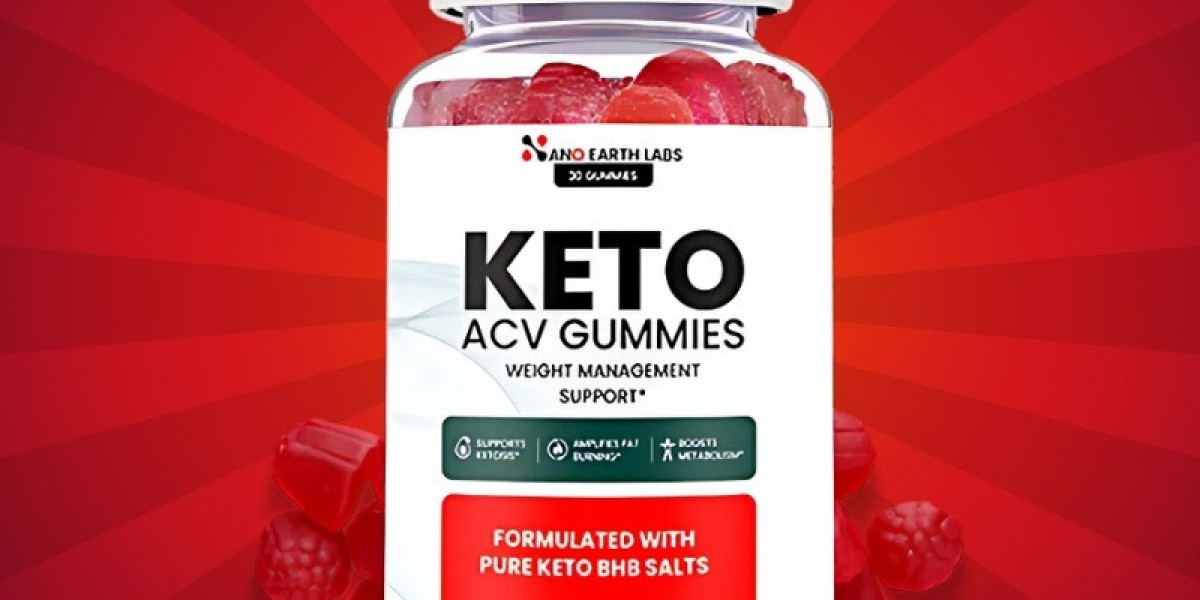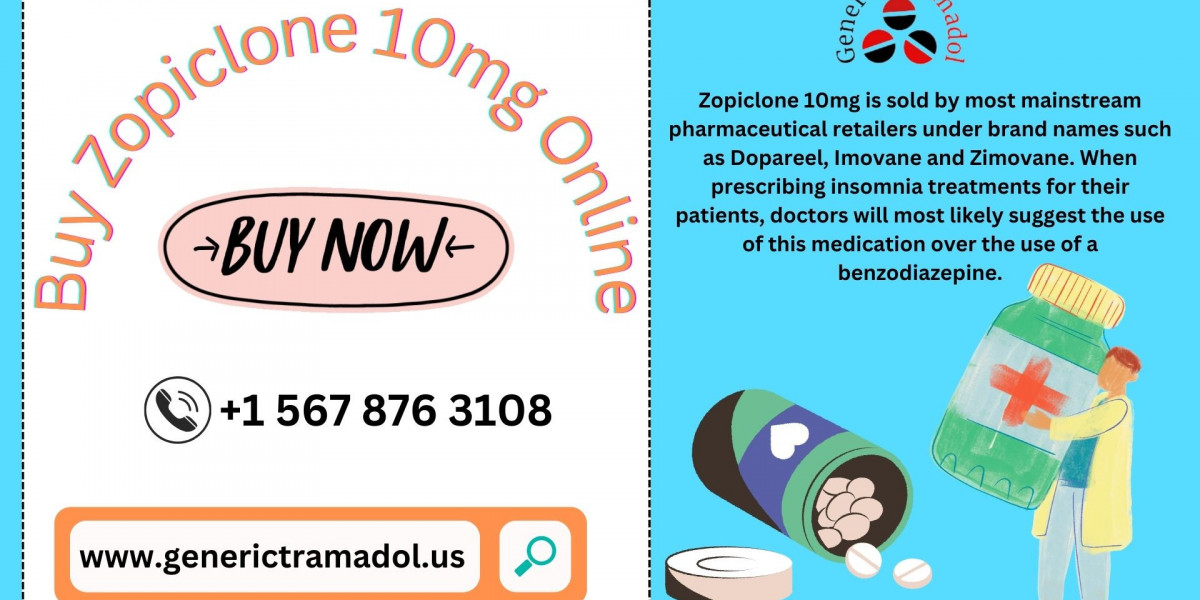Website Optimization: The Key to Digital Growth in 2025
In today’s fast-paced digital world, your website is often the first impression your brand makes. Whether you're running an online store, a service-based business, or a personal blog, website optimization is no longer optional—it's essential. A well-optimized site doesn’t just attract visitors; it converts them into customers, followers, and loyal users.
Many businesses invest heavily in web design and content. However, without proper optimization, even the most attractive websites can fail to perform. From user experience to search engine visibility, optimization touches every corner of your digital presence.
What Is Website Optimization?
Website optimization is the process of improving various elements of a site to enhance its performance. This includes site speed, mobile responsiveness, SEO performance, and usability. The goal is to offer users a seamless experience while ensuring that the site ranks well in search engine results.
In simple terms, it's about making your website work better—not just look better.
A fully optimized website:
- Loads quickly on all devices
- Is easy to navigate
- Ranks higher on Google and other search engines
- Converts visitors into leads or customers
- Is secure and accessible to all users
Every improvement you make through optimization directly impacts the effectiveness of your site.
The Core Elements of Website Optimization
Let’s explore the key components that contribute to a fully optimized website.
1. Speed and Performance
Website speed is one of the most critical ranking factors for Google. A slow-loading site leads to higher bounce rates and lower user engagement. In fact, research shows that a delay of just one second in page response can result in a 7% reduction in conversions.
To improve speed:
- Compress images and videos
- Use fast and reliable web hosting
- Minimize code (HTML, CSS, JavaScript)
- Leverage browser caching
- Implement a Content Delivery Network (CDN)
Tools like Google PageSpeed Insights and GTmetrix can help you test and improve your website’s loading time.
2. Mobile Responsiveness
With more than half of all internet traffic coming from mobile devices, optimizing your website for smartphones and tablets is crucial. A mobile-responsive site adapts to different screen sizes and offers a consistent experience across devices.
Responsive design not only improves user satisfaction but also boosts your SEO ranking. Google uses mobile-first indexing, meaning it primarily uses the mobile version of a site for ranking and indexing.
3. Search Engine Optimization (SEO)
No website optimization strategy is complete without SEO. It’s the process of making your site discoverable on search engines like Google, Bing, and Yahoo.
Key areas of SEO include:
- Keyword research and placement
- Meta titles and descriptions
- Header tags (H1, H2, H3)
- Internal linking structure
- Image alt text
- Clean URL structure
SEO helps you reach your target audience organically, without paying for ads. Tools like Ahrefs, SEMrush, and Yoast SEO (for WordPress users) can be invaluable.
4. User Experience (UX)
A great-looking website doesn’t always guarantee a great user experience. UX is all about how visitors interact with your site. Are they finding what they’re looking for? Is the site easy to navigate?
Improving UX involves:
- Clear menus and navigation
- Readable fonts and color contrast
- Consistent layout and design
- Engaging and scannable content
- Fast loading times (again!)
A well-optimized UX leads to longer sessions, higher engagement, and better conversion rates.
5. Conversion Rate Optimization (CRO)
Once you’ve attracted visitors, the next step is to convert them. CRO focuses on optimizing your site to get users to take specific actions, such as signing up for a newsletter or making a purchase.
This can involve:
- A/B testing call-to-action buttons
- Simplifying checkout processes
- Adding testimonials or trust signals
- Highlighting key benefits
- Offering live chat support
The better your CRO strategy, the more value you get from every visitor.
Tools to Help with Website Optimization
There are numerous tools available that can guide you through every stage of website optimization. Here are a few trusted options:
- Google Analytics – Tracks traffic, behavior, and conversion data
- Google Search Console – Monitors site indexing and SEO performance
- Hotjar – Provides heatmaps and user behavior analytics
- Screaming Frog – Analyzes SEO structure and technical performance
- Moz and SEMrush – Help with keyword analysis and competitor research
Each tool brings unique insights that help fine-tune your site for optimal results.
Common Mistakes to Avoid
Even well-intentioned optimization efforts can fall short if you make these common mistakes:
- Ignoring Mobile Users – Your desktop site might be perfect, but if it's hard to use on a phone, you're losing visitors.
- Overusing Keywords – Keyword stuffing can hurt your rankings and readability. Use keywords like “website optimization” naturally.
- Neglecting Security – A site without HTTPS or with weak security settings can drive users away and damage trust.
- Complicated Navigation – If users struggle to find content, they won’t stay long.
- Poor Content Quality – Thin or irrelevant content doesn’t rank well and won’t convert visitors.
Avoiding these pitfalls will ensure your optimization efforts are effective.
The Business Impact of Website Optimization
Optimizing your website isn't just a technical requirement—it's a business strategy. Here’s what you can expect when your website is properly optimized:
- Higher Search Rankings – More visibility in search results means more organic traffic
- Better User Engagement – Visitors stay longer and interact more with your content
- Increased Conversions – Whether it’s sales, sign-ups, or leads, better optimization means better ROI
- Improved Brand Trust – A secure, professional, and fast website builds credibility
- Lower Bounce Rates – People don’t leave immediately when they find value quickly
A well-optimized website works like a 24/7 salesperson for your brand. It delivers information, builds trust, and encourages action—all without direct input from you.
Staying Updated with Trends
Website optimization is an ongoing process. Trends, technologies, and user expectations change over time. What works today may be outdated in a year.
Here are a few current and emerging trends to keep an eye on:
- Core Web Vitals – Google’s set of UX-focused ranking metrics
- AI Chatbots – Enhance user support and engagement
- Voice Search Optimization – More users are searching hands-free
- Accessibility – Ensuring websites are usable by people with disabilities
- Dark Mode Support – A growing preference among users
Regular audits and updates ensure your site continues to meet user and search engine standards.
Final Thoughts
In the digital age, your website is more than just an online presence. It’s a business asset. An underperforming site can cost you traffic, credibility, and sales. On the other hand, a fully optimized website boosts visibility, enhances user experience, and drives growth.
Whether you’re launching a new website or improving an existing one, website optimization should be at the core of your strategy. It’s not just about attracting visitors—it's about creating a site that works for them and for your goals.
Start small, measure progress, and continuously improve. With the right focus and tools, your website can become a powerful engine for success.







